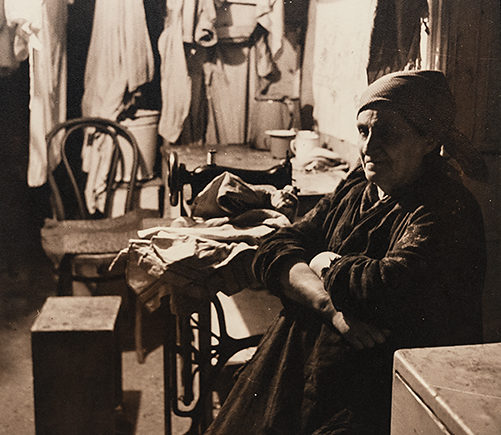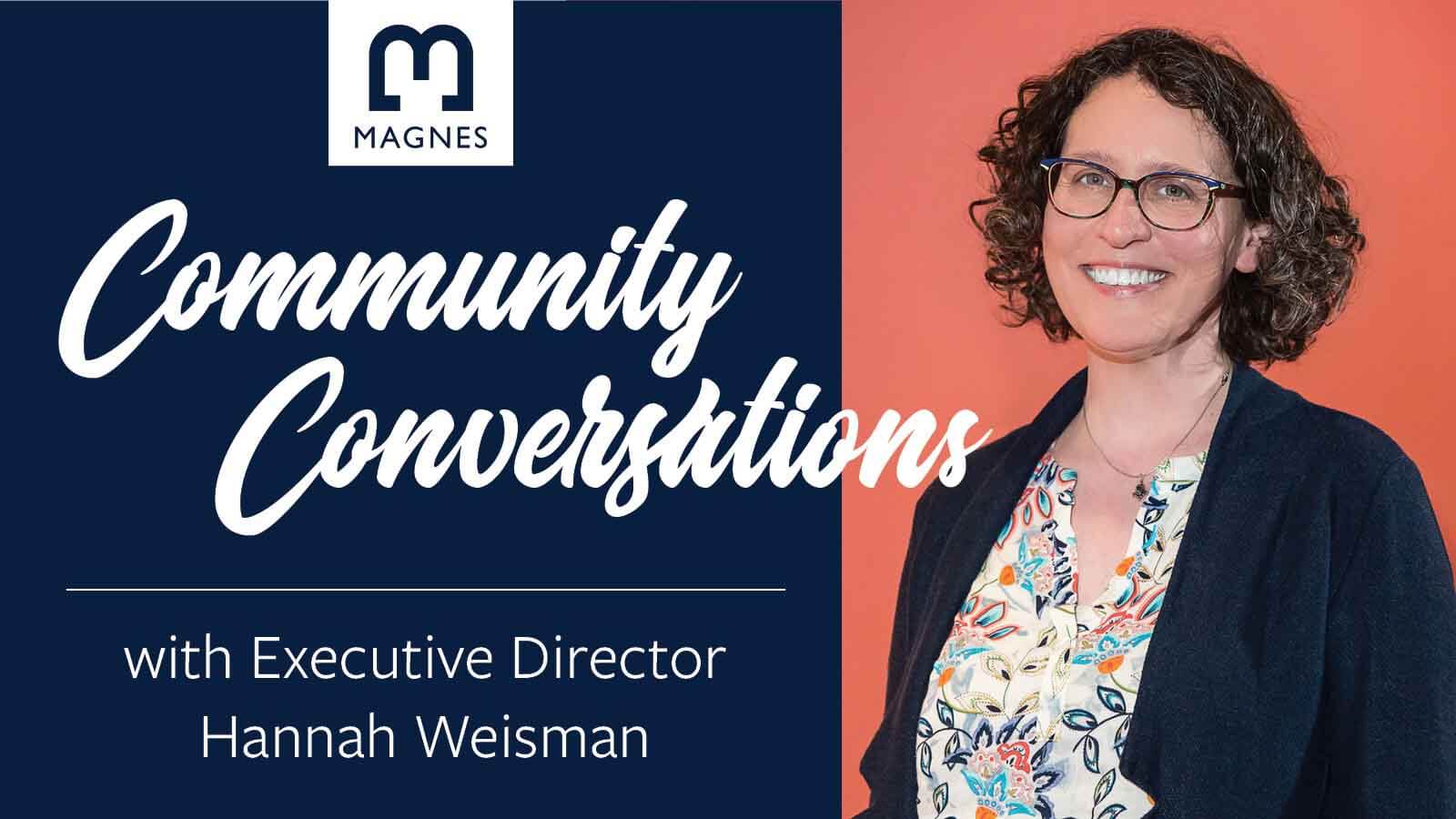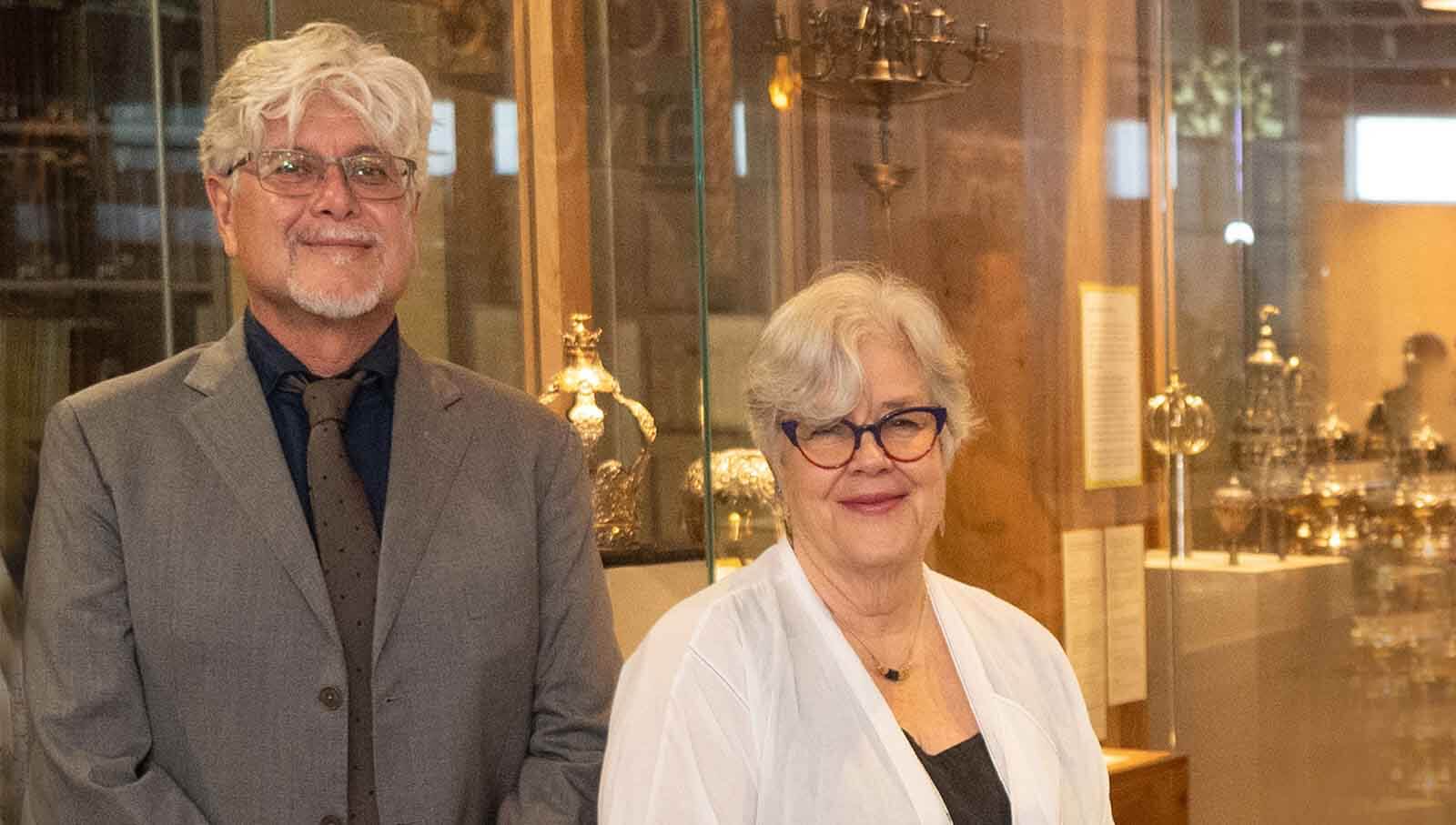News
Vishniac’s Ukraine
April 1, 2022
The Russian invasion of Ukraine is the latest development in the long and turbulent history of the “borderland” between the east and west, a complex history that includes significant moments in Jewish life, art, and culture.
“We at The Magnes Collection of Jewish Art and Life recall our past just as we grieve for and express our solidarity with all Ukrainians today.”
John Efron, Faculty Director at The Magnes
The Subcarpathian Rus’ region lies in the southwest part of what is now Ukraine. Prior to World War II, this region was home to Jewish centers of education, commerce, and religion.
While the first Jewish settlers are believed to date back to the Ottoman Empire, migration from Slovak countries and the southeast Polish region of Galicia continued into the 19th century with the emancipation of Jews in 1867 under Austro-Hungarian rule. With the dissolution of the empire at the end of World War I, this region became part of Czechoslovakia where Jews experienced political freedoms. In 1938-39, with Europe on the brink of war, the region was then annexed to Hungary.
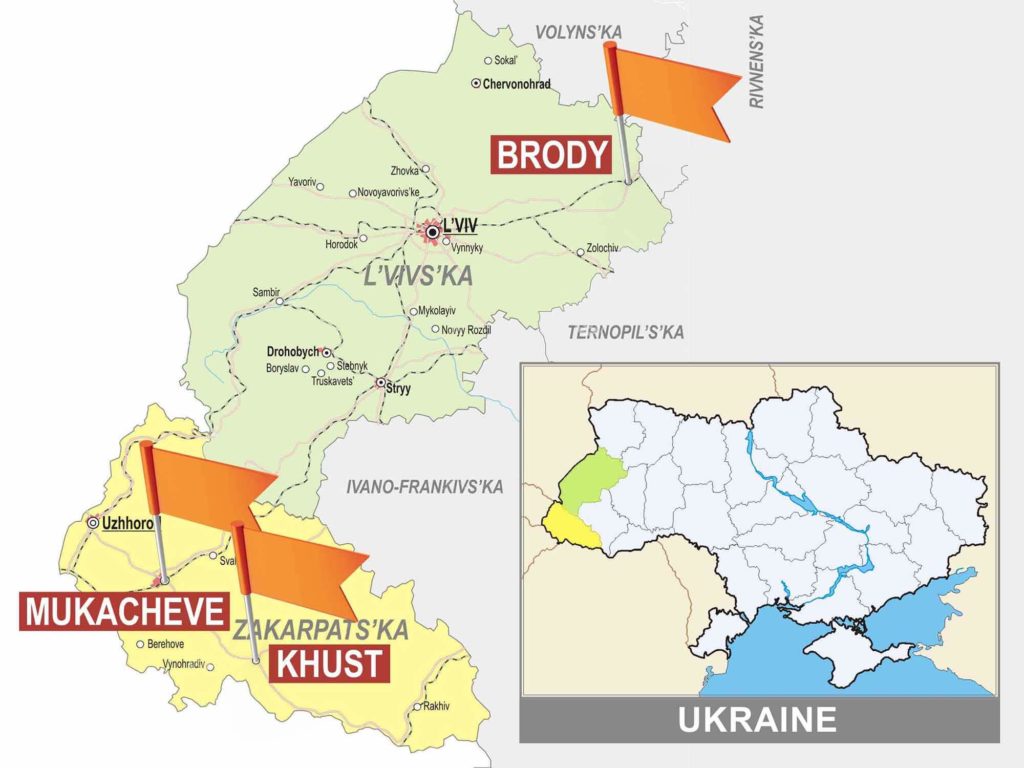
Starting in 1935 and until the early months of 1939, Roman Vishniac visited and photographed Jewish communities living throughout this area. Vishniac’s photographs from his time spent in the Zakarpats’ka and L’vivs’ka Oblasts (regions), including the cities of Khust, Mukacheve, and Brody, with historically large Jewish populations, captured the heart and soul of Jewish life in this region.
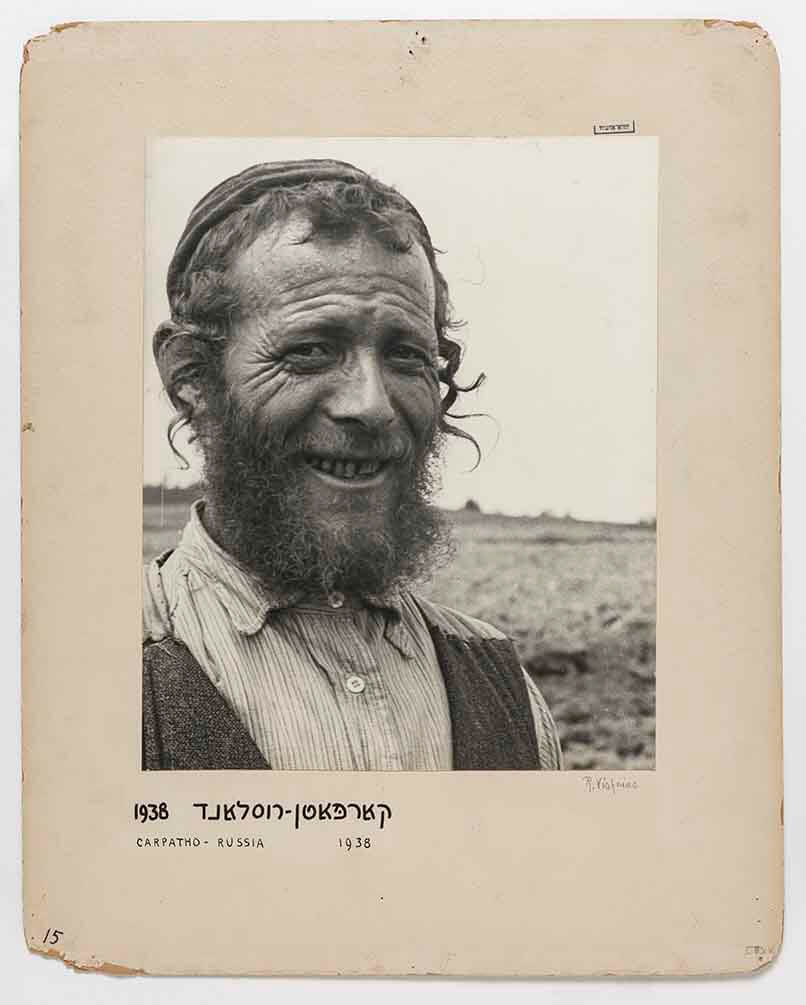
The rural areas and small villages of what is known today as Zakarpatska Ukraina, were once home to some of the poorest Jewish communities in Europe, most of whom were employed in agricultural and manual labor. The images Vishniac took of this region capture the essence of these hardworking communities and the land they cultivated.
Photograph [2018-15-4-1-23]: Carpatho-Russia (Zakarpats’ka Oblast’), 1938, Roman Vishniac. Photographic print drymounted on board. The Magnes Collection of Jewish Art and Life. Gift of Mara Vishniac Kohn.
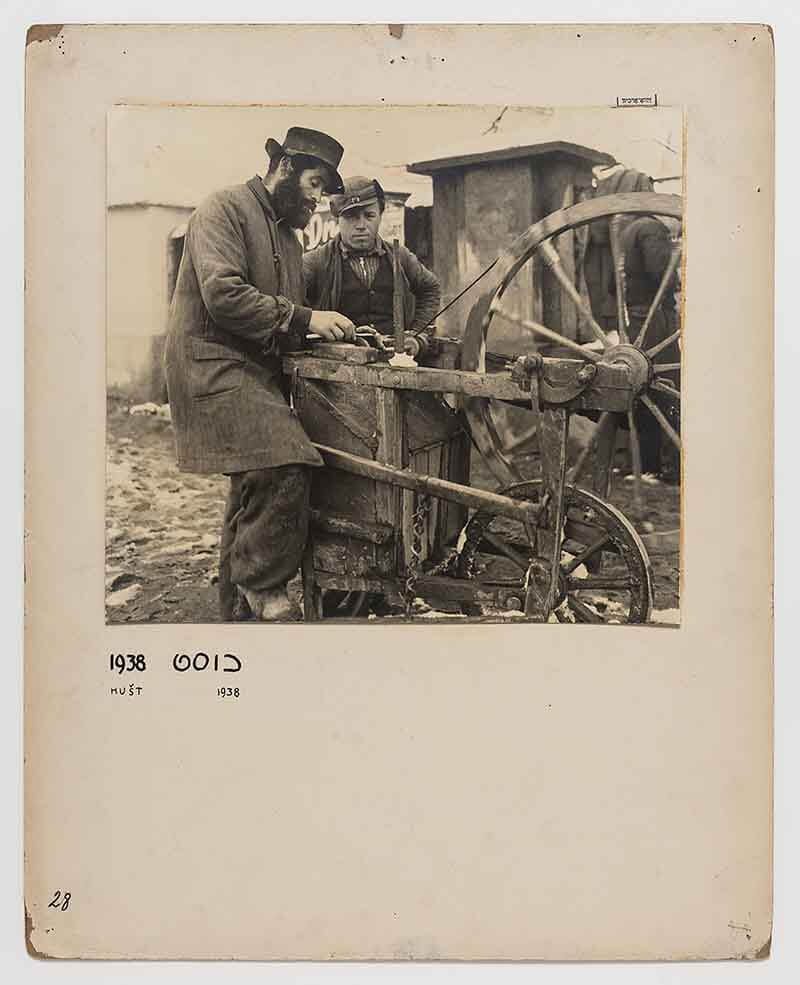
The city of Khust, located in southern Zakarpats’ka, was once on the northeast border of the Austro-Hungarian Empire. After becoming part of the Miklós Horthy’s fascist regime in 1939, antisemitic policies were put in place. Many Jewish families fled, while others were sent to ghettos, forced labor camps and eventually, in 1944, to death camps such as Auschwitz-Birkenau.
Photograph [2018-15-4-14]: Hušt, Ukraine (Zakarpats’ka Oblast’), 1938, Roman Vishniac. Photographic print drymounted on board. The Magnes Collection of Jewish Art and Life. Gift of Mara Vishniac Kohn.
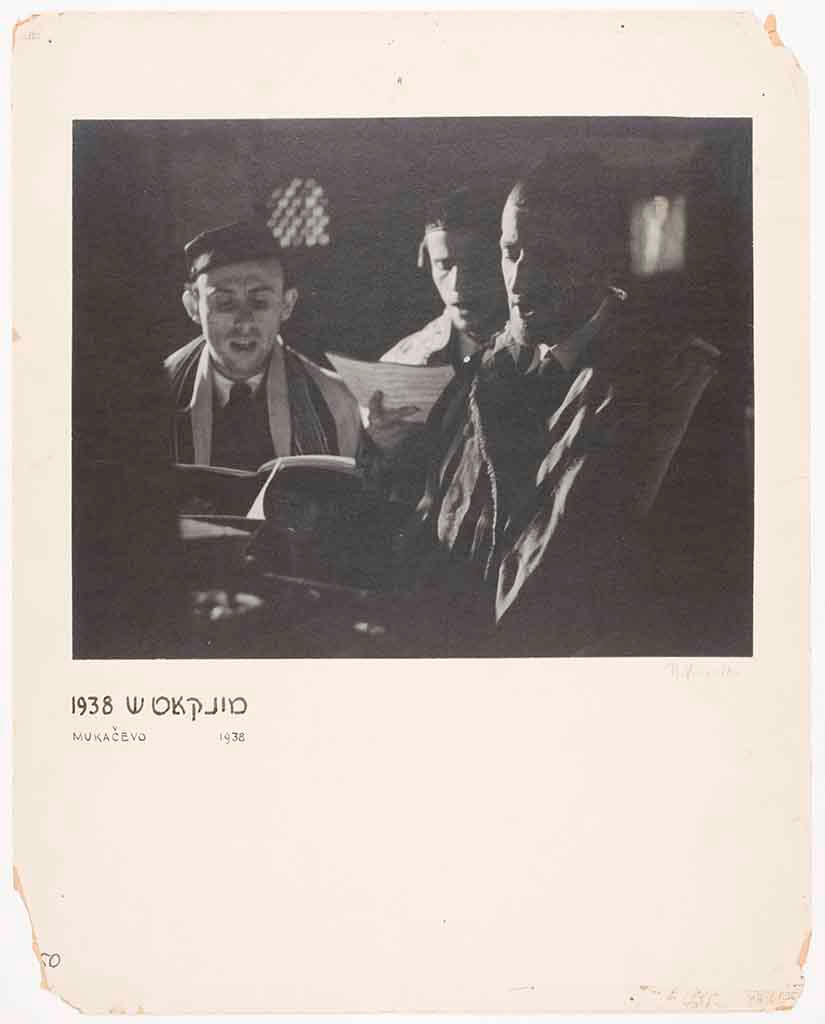
Known for its education and Zionist activities, Mukacevo (Mukaceve), located in what is now central Zakarpats’ka, was the commercial center for Subcarpathian Rus and had an internationally respected Hasidic court which was reestablished in Brooklyn, New York after the Holocaust.
Photograph [2018-15-1-41]: Meshorerim at the court of Rabbi Baruch Raminowitz, Mukacevo, Ukraine (Zakarpats’ka Oblast’), 1938, Roman Vishniac. Photographic print drymounted on board. The Magnes Collection of Jewish Art and Life. Gift of Mara Vishniac Kohn.
![Photograph: Roman Vishniac [David Eckstein, seven years old, and classmates in cheder (Jewish elementary school), Brod], Ukraine (Zakarpats'ka Oblast'), 1938](https://magnes.berkeley.edu/wp-content/uploads/2022/04/Vishniac_DavidEckstein_Brod_2016-6-17.jpg)
Located northeast of Lviv in modern-day Ukraine’s L’vivs’ka Oblast, the city of Brody was established in 1586 and grew to have the highest proportion of Jews among the general population (88%) of all cities in Eastern Europe. Brody was home to many prominent rabbis, secular Jewish intellectuals, and successful merchants. In 1918 Brody became part of the Polish state and in 1939 it was incorporated into the Soviet Union. During World War II, the community was at first confined to the ghetto and eventually, the city’s Jews were deported to the death camps of Bełżec and Majdanek. The community was re-established after the war.
Photograph [2016-6-17]: [David Eckstein, seven years old, and classmates in cheder (Jewish elementary school), Brod, (Carpathian Ruthenia/Czechoslovakia)], ca. 1938, Roman Vishniac. The Magnes Collection of Jewish Art and Life. Gift of Mara Vishniac Kohn.
The photographic images Roman Vishniac took in this region that is now Ukraine remind us of the historical richness and importance of Jewish Eastern Europe and the history of a land that is once again under fire.
Learn more about the Roman Vishniac Archive at The Magnes and our upcoming 2-day event, Roman Vishniac. In Focus: 1922-2022, an in-person Open House and virtual Symposium on May 1-2, 2022.
Latest News
Keep Up-To-Date

